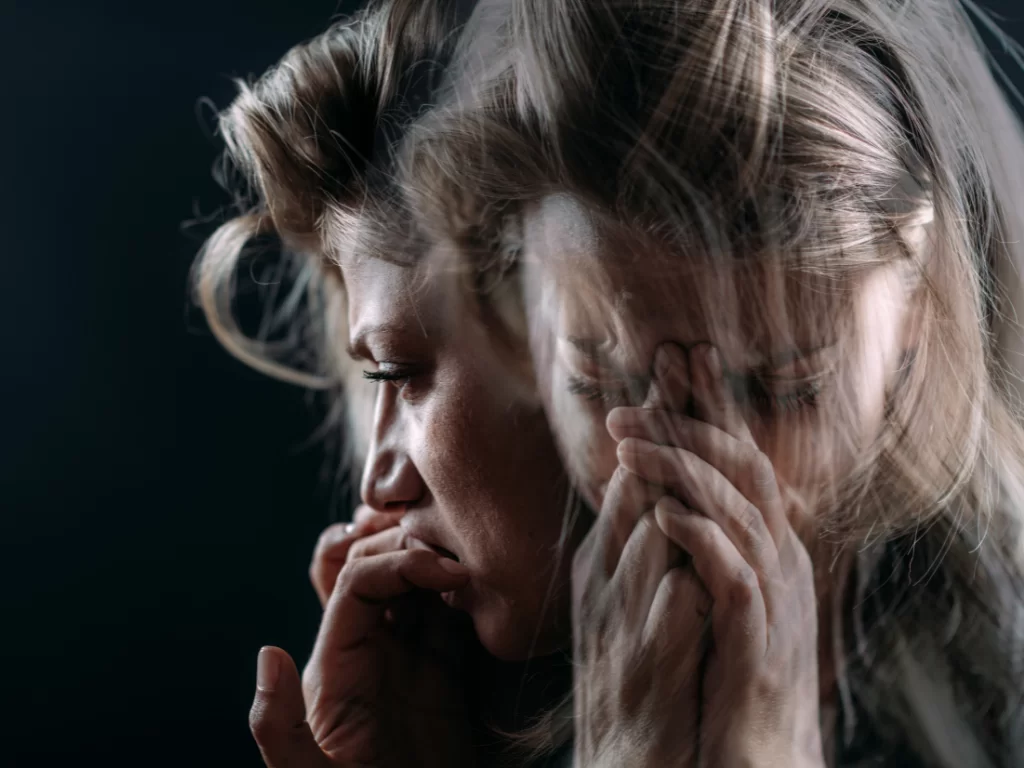
First responders are a population that is at high risk for developing PTSD symptoms. This is because their job increases the risk of being exposed to potentially traumatic events. In fact, over 80% of first responders have reported experiencing traumatic events on the job, with 10-15% estimated to be diagnosed with PTSD.
Risk Factors
Uniformed personnel and first responders are at higher risk for PTSD, but there are other factors that can increase someone’s risk for developing symptoms. These include:
- Seeing people get hurt or killed
- Not having a strong support system (family & friends)
- Having a history of substance abuse
- Experiencing trauma during childhood
- Having other mental illnesses
- Having biological relatives with PTSD and other mental illnesses
- Experiencing extra stress after the traumatic event (Loss of a loved one, an injury, loss of a job)
Signs & Symptoms
There are many signs and symptoms that are key ways to recognize if you or a loved one may have PTSD. These symptoms include having intrusive memories, experiencing avoidance, and having changes in arousal and reactivity.
Intrusive Memories
Intrusive memories are a type of memory that is experienced by a person as if they were happening in the present, reliving those memories again. They can be triggered by someone’s own thoughts, words, objects, or situations that are reminders of a traumatic event. Intrusive memories can include:
- Intrusive images of the traumatic event
- Unpleasant dreams of the event
- Recurring flashbacks and distressing memories about the event
- Experiencing traumatic memories as if they are happening now
- Physical reactions when reminded of the event (Heart beating fast, sweating, pale skin)
- Severe emotional distress when reminded of the event
Avoidance
People often try to cope with traumatic events by trying to avoid all things that remind them of the event. This may cause changes in routines as well as negative shifts in moods and thinking. In the long run, avoidance can be associated with increased severity of symptoms. Some examples of avoidance include:
- Trying to avoid thinking about or talking about the event
- Feeling less connected to others after the event
- Trying to avoid situations that could be reminders of the event
- Avoiding people who remind them of the event
- Trying to forget about the event
- Difficulty remembering the important details of the event
- Increased negative thinking about self and others
- Emotional numbness
- Intense guilt, depression, or worry
Changes in Arousal & Reactivity
Hyperarousal is a main symptom of PTSD, as changes in emotional reactions can be constant for those with PTSD. Some examples of hyperarousal include:
- Increased irritability and feeling ‘on guard’
- Risky or self destructive behavior
- Difficulty falling asleep or staying asleep
- Being overly alert and checking surroundings
- Aggressive behavior or outbursts of anger over minor things
- Easily startled by noises or movements
- Hard time concentrating
- Being forgetful and having trouble remembering things
If you are experiencing these symptoms, it is important to seek help and support as soon as possible. Reach out to someone you trust to talk about what happened and seek support from loved ones. Understand that the reaction you are having is normal, and there are ways that you can seek help through support from loved ones and professionals. Insight Psychological offers specialty services for uniformed personnel and first responders with PTSD, and can help by conducting assessments and therapy. Remember that you are not alone on your journey in coping with trauma, and there is always a way that you can get better.
Sources:
American Counseling Association. (n.d.). Fact Sheet 15 Intrusive Memories. https://www.counseling.org/docs/trauma-disaster/fact-sheet-15—intrusive-memories.pdf?sfvrsn=7bddd8be_2
CAMH. (n.d.). PTSD in the First Responder World. https://www.camh.ca/en/camh-news-and-stories/ptsd-in-the-first-responder-world
First Responders First. (n.d.). PTSD Causes, Risk Factors, Signs & Symptoms. https://www.firstrespondersfirst.ca/prevention-2/
Kimley, K.E., Van Hasselt, V.B., & Stripling, A.M. (2018). Posttraumatic stress disorder in police, firefighters, and emergency dispatchers. Aggression and Violent Behavior, 43, 33-44. https://doi.org/10.1016/j.avb.2018.08.005
Neuroscience Research Australia [NeuRA]. (2021, August). Post Traumatic Stress Disorder Fact Sheet. https://library.neura.edu.au/wp-content/uploads/sites/3/2021/07/Factsheet_avoidance.pdf
Neuroscience Research Australia [NeuRA]. (2021, August). Hyperarousal. https://library.neura.edu.au/wp-content/uploads/sites/3/2021/07/Factsheet_avoidance.pdf
Winchester Hospital. Risk factors for Post-traumatic Stress Disorder (PTSD). https://www.winchesterhospital.org/health-library/article?id=20074
















